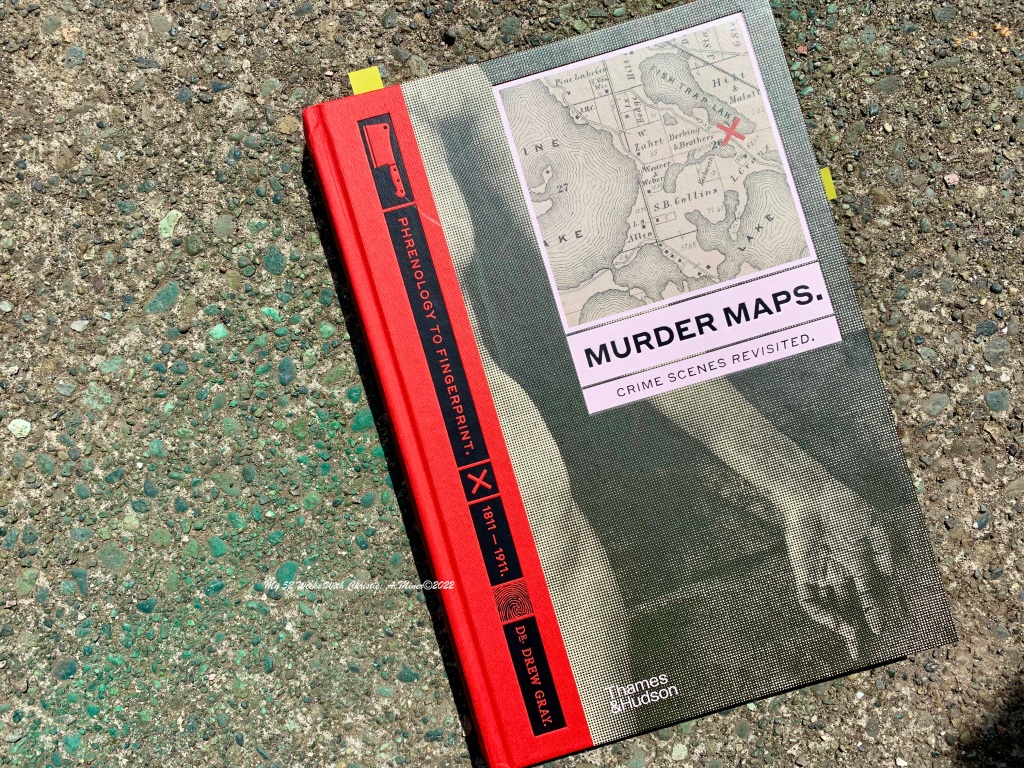
Murder Maps: Crime Scenes Revisited 1811 – 1911 — Dr. Drew Gray
There are many reasons why Murder Maps makes an excellent read. One of which is the selection of crimes featured in the book. Namely, most cases highlight a new forensic technique, first conviction using said technique, and/or new methodology police use to catch the perpetrator. We take techniques like fingerprinting, crime scene photography, and criminal profiling for granted – however, they aren’t nearly as old as one might think!
The second reason why I loved reading this book was the crimes Dr. Grey decided to detail. Of course, the covered period 1811 – 1911 includes the notorious crimes of H.H. Holmes, Crippen, and Jack the Ripper. However, rather than sticking to the stock descriptions of these heinous crimes, Dr. Grey includes often overlooked details. Including the five other possible victims of Jack the Ripper, the pioneering techniques the police used during the Ripper’s spree, and their failures.
Besides coving the most notorious crimes and culprits, Murder Maps also includes all kinds of other murders, including examples I’ve read repeatedly in fiction but never imagined having a real-life counterpart! Such as this old trope: an innocent actor unwittingly wields a real weapon instead of a prop and kills a fellow actor while on stage during a performance….
Speaking of the crimes detailed in Murder Maps, it reminds me of one of my favorite podcasts, The True Crime Files. The book gives you just enough details of the crime: who the victims were, where it took place, if/how it was solved, and how the judicial system dealt with the perpetrators (if they were, in fact, guilty). So if, for one reason or another, one of the crimes sparks your interest, you’ve enough information at your disposal to look it up for yourself.
Then there are the maps.
Each entry in Murder Maps, no matter how big or small, contains at least one illustration (usually from one newspaper or another) or photo (mug shots and/or crime scene photos), a brief description, and a map. Now, I must admit (for me), the maps containing only a single point (where the crime occurred) were only somewhat helpful. However, the maps where Dr. Grey put multiple features of interest, such as where the killers lived, worked, or were born in relation to where the victims were worked, attacked, or found – provide a wealth of information.
I can honestly say it’s been a very long time since I’ve enjoyed a piece of true-crime writing as much as I’ve enjoyed Murder Maps.
I would highly recommend Murder Maps to anyone who would like to dip their toes into the genera or to an aficionado looking for a new case to obsess over, new details/perspective on an old fave, and/or appreciates a well-laid-out book.
Seriously, I don’t think you’ll be disappointed.
You must be logged in to post a comment.